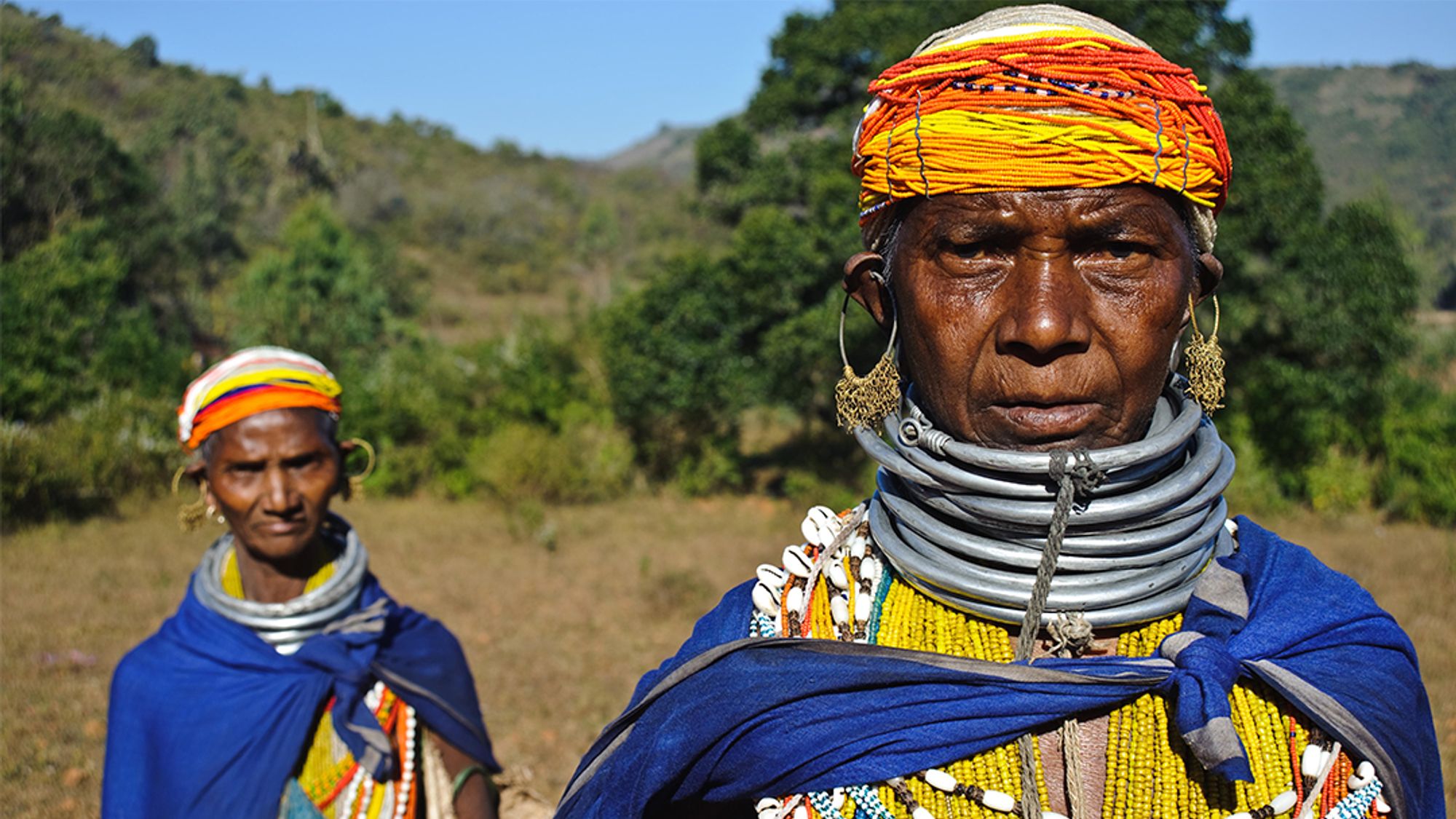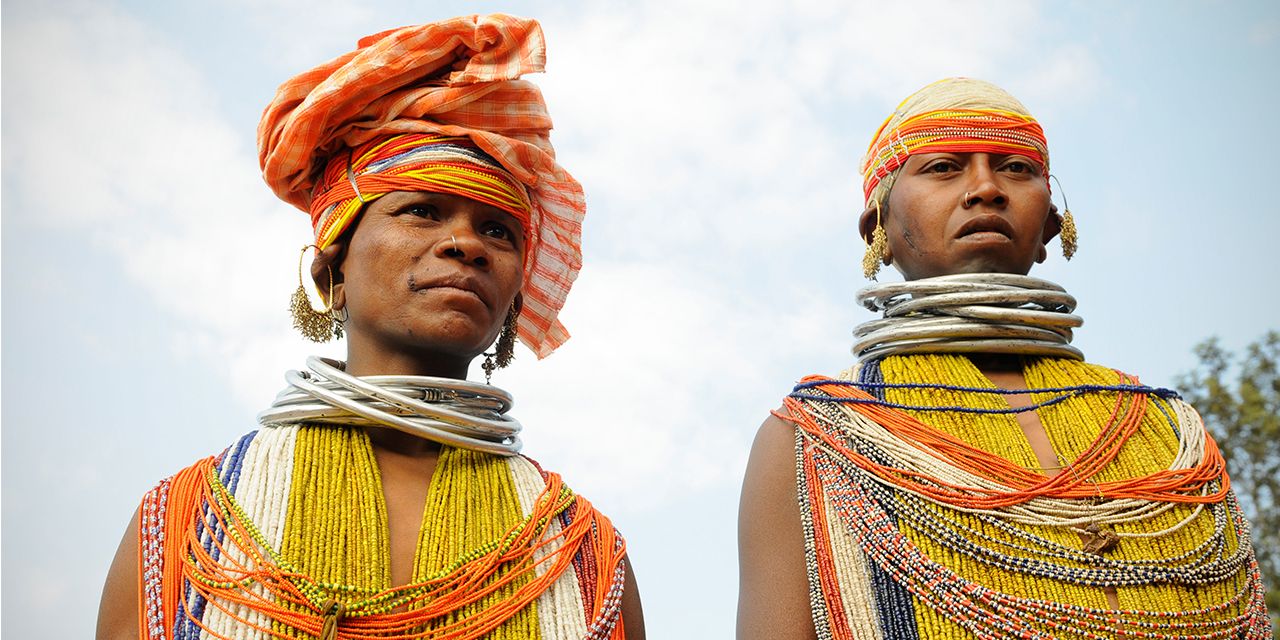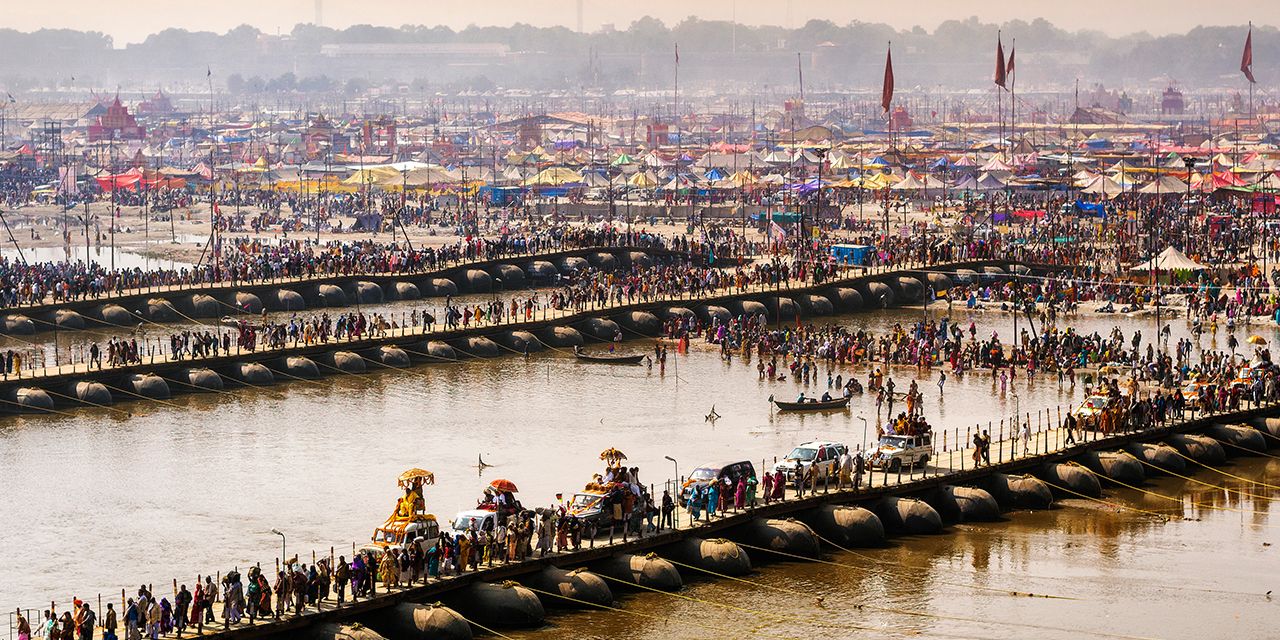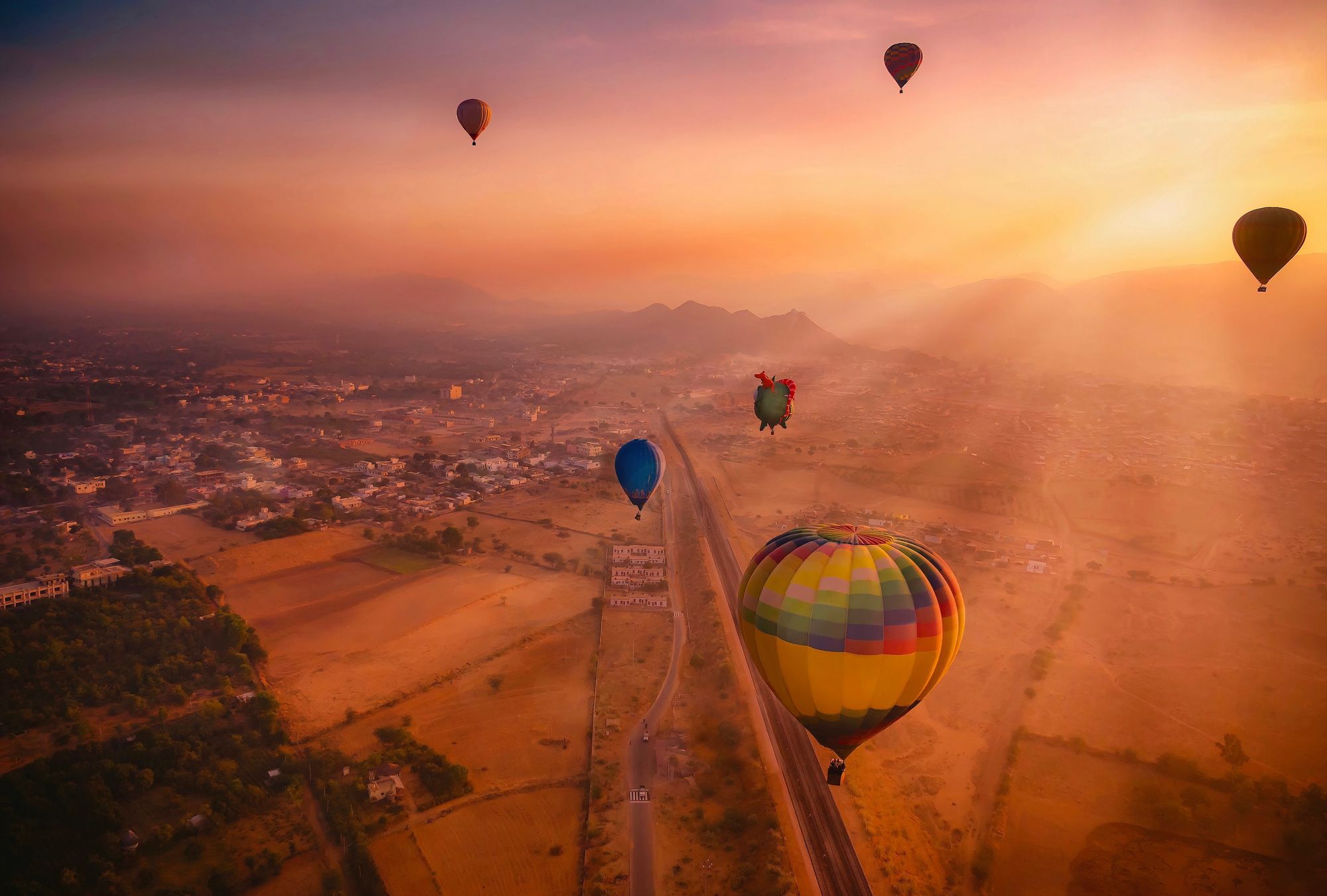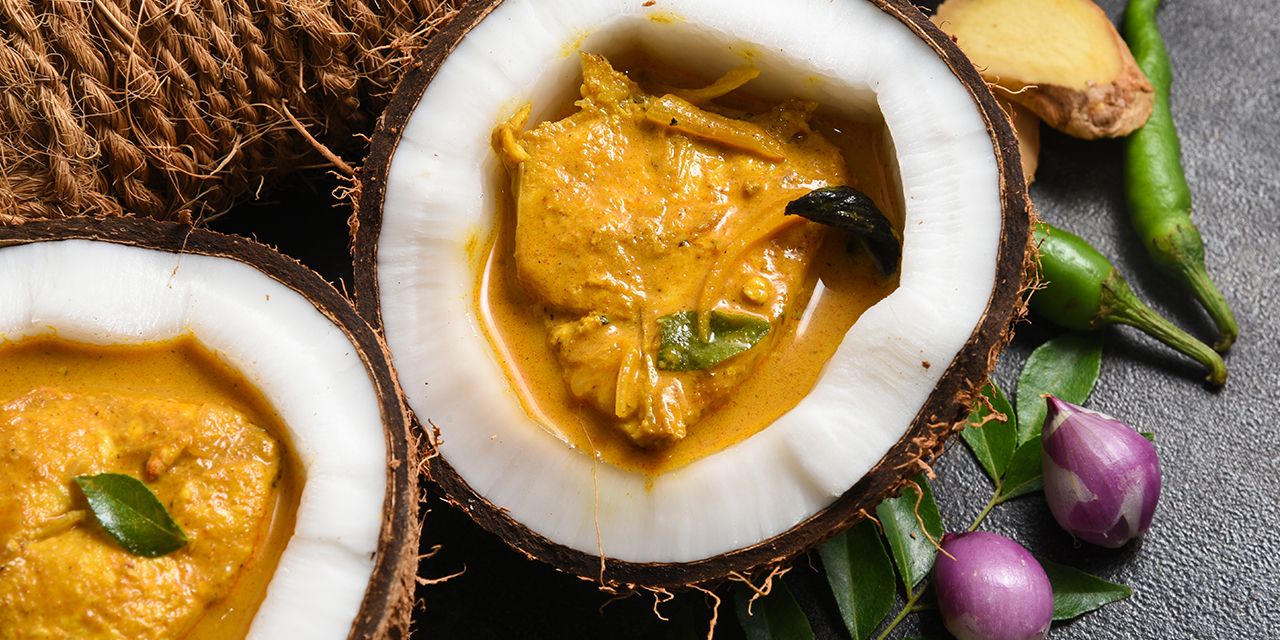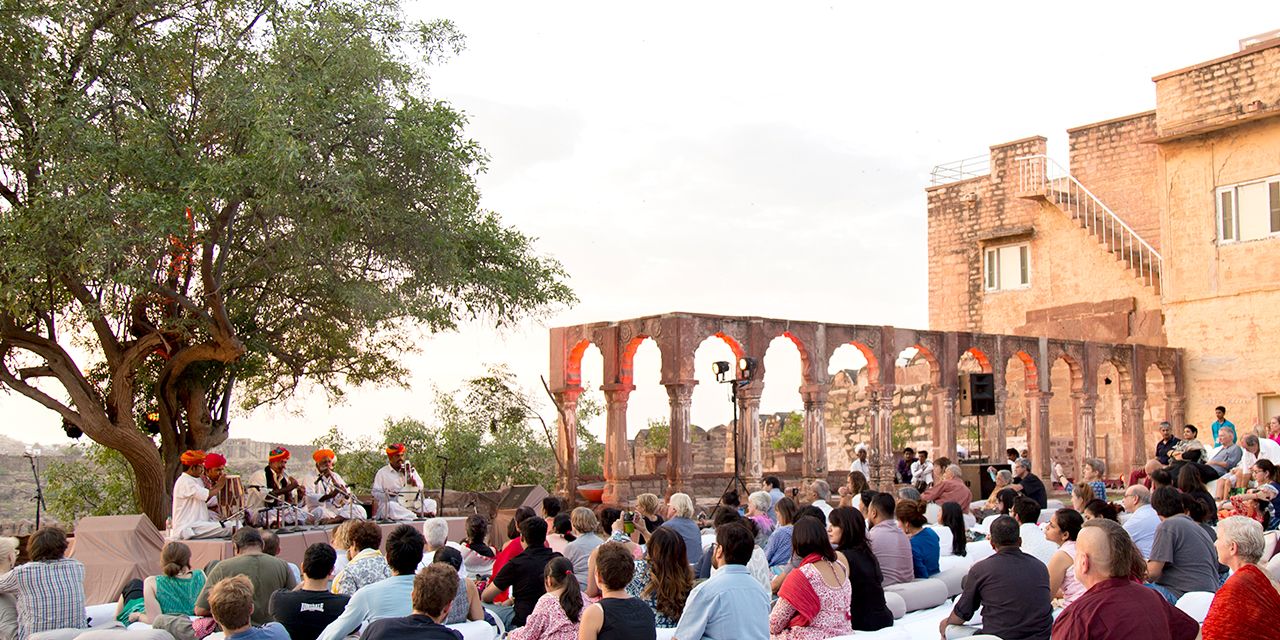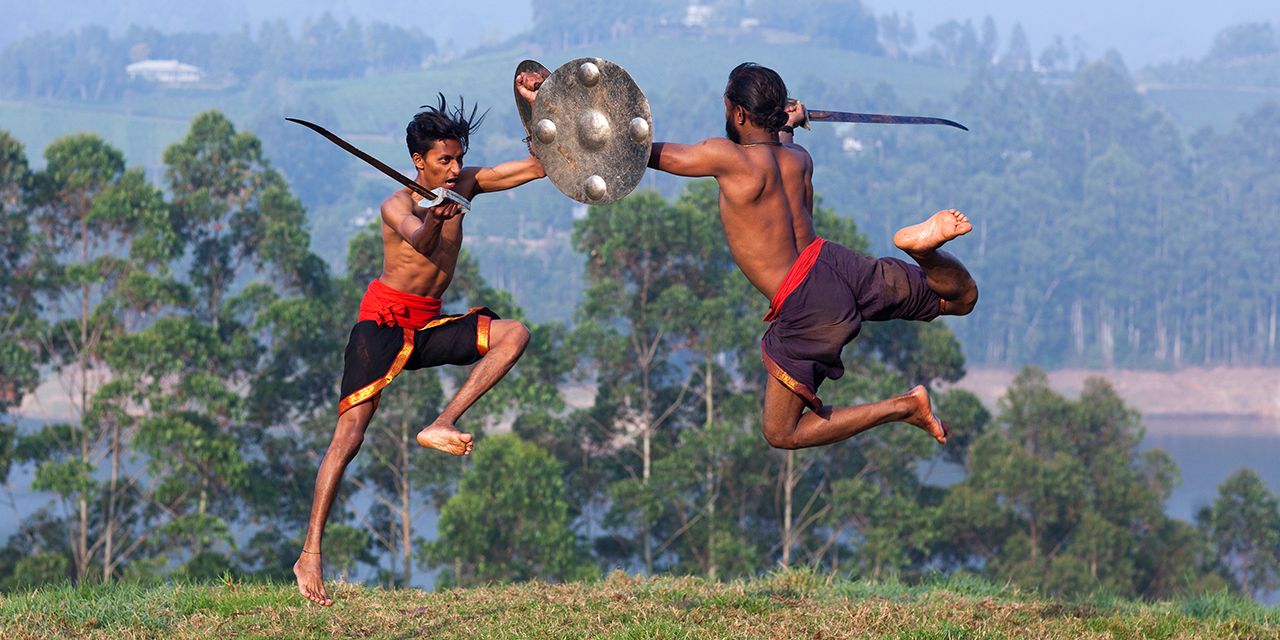Home to an amazing 533 living tribes, India’s tribal population is the largest in the world. Despite encroaching urbanisation, habitat loss and dwindling livelihoods, many tribal communities continue to practice their traditions and to conserve the ancient wisdom handed down by their ancestors.
Step out of ethnography museums and delve into the remote countryside to partake in India’s living tribal heritage. Embarking on this intriguing journey with a community-tourism organisation or social enterprise will enable culture-seekers to understand the rich customs of the indigenous tribes, while contributing to their income and helping to preserve their unique way of life.
From the bow and arrow-wielding Bondas of Odisha and the forest-dwelling Dangs of Gujarat, to the animist Galos of Arunachal Pradesh, here are six fascinating tribes that will help you discover the tribal soul of India:
The last remaining headhunters of Nagaland
The Konyaks, once infamous for headhunting, are the largest of the tribes in the north-eastern state of Nagaland. Remarkably, a handful of elders are old enough to have participated in the practice. These fearless warriors with distinct facial tattoos would mercilessly behead their enemies and carry home their decapitated heads as ostentatious displays of their bravado. Though headhunting has long since been abolished, the Konyaks continue to dwell in traditional homes adorned with the skulls and bones of buffaloes, deer and hornbills in Nagaland’s remote Mon district. Their settlements are located close to the border of Myanmar. In April, the colourful Aoling festival celebrates the Konyak new year, welcoming in the spring and praying for a good harvest. There’s feasting, rituals and dances; many of which offer glimpses of the Konyak warrior traditions.
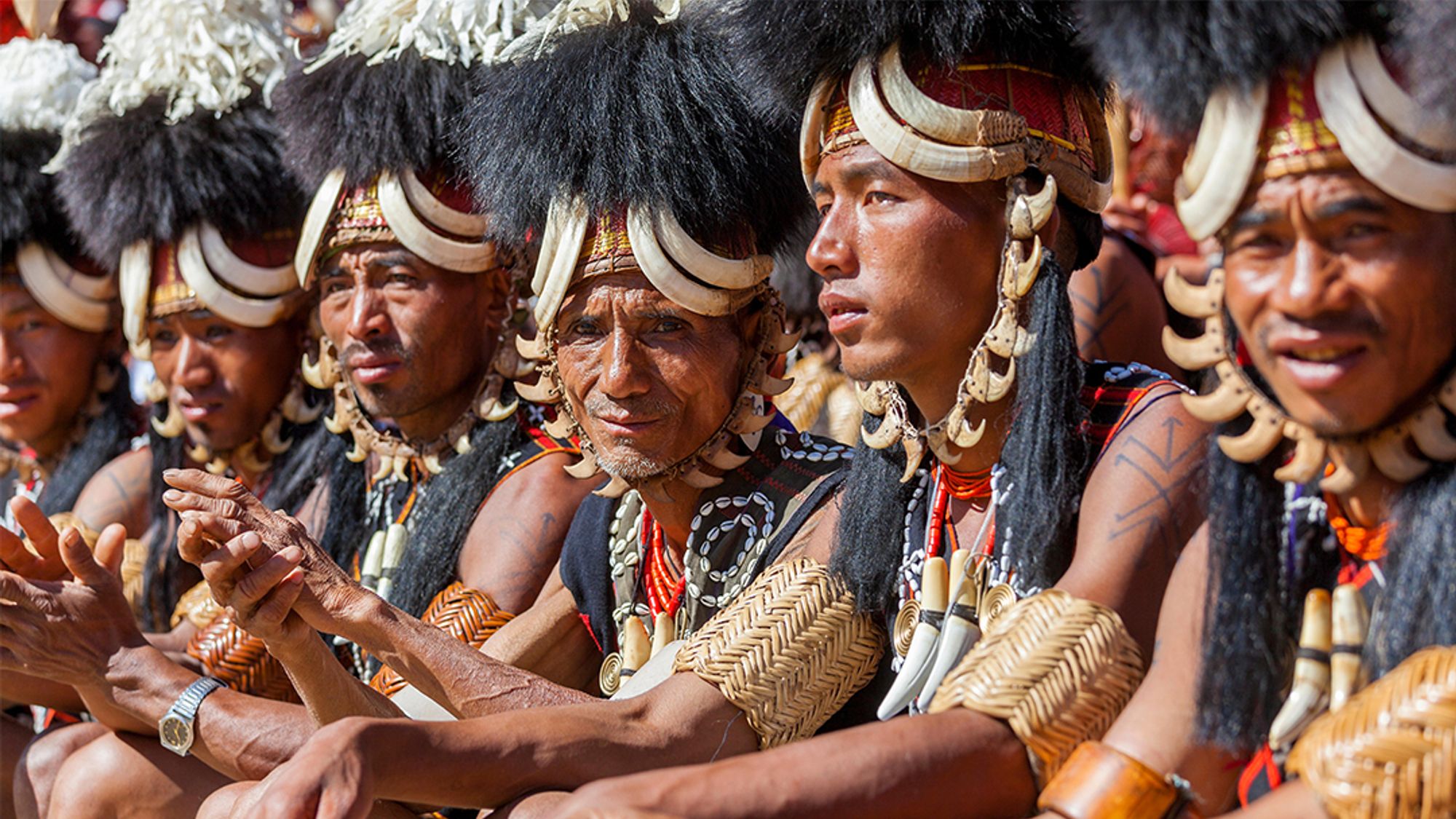
The forest-dwelling tribes of Gujarat who were never colonised
The dry, deciduous forests of Gujarat, in western India, are shared by Asiatic lions, leopards and the Dangs, a collective term applied to the Bhil, Kunbi, Warli and other indigenous tribes of the Dang region. When the British colonised the rest of the Indian subcontinent, the tribal kings in Dang at first refused to be subjugated; protecting their forests and people from the British Imperial forces. In the late 1800s though, the Dang Darbar – an opulent 15-day celebration of the indigenous culture – was introduced, as a means to show reverence to the local kings as well as the British Empire. Today, as the Dangs relentlessly fight a different kind of battle – the right to live in and forage off the forests they’ve always called home – they continue to celebrate their distinct culture in the Dang Darbar (albeit over only three days), featuring percussion music, hypnotic dancing and men and women wearing colourful loincloths and sarees; an extravaganza worth seeking out, typically in February or March every year.
A mystical nature-worshipping tribe in Arunachal Pradesh
When night falls in the deep north-east of India and silence engulfs tiger and leopard territory in the densely forested state of Arunachal Pradesh, the shamans of the animist Galo tribe begin chanting and communicating with the spirits that abound in nature. For centuries, undeterred by the chaotic urbanisation of the rest of the country, the Galos have lived sustainably off the land – eating what they hunt and brewing apong (a mildly potent rice liquor), drunk from a hollow bamboo stem. The Galo villages, tucked away in the remote north-eastern Himalayas, come alive during the Mopin festival – celebrated in April during harvest time – when the tribes and visitors alike don white attire, the shamans chant hypnotically to calm the spirits of the animals that are about to be sacrificed, and trance-inducing dances take place amid the mist-clad hills. Mopin is a time of delicacies, so expect to be offered rats, flying squirrels, bear meat and pig blood barbecued in a bamboo stem.
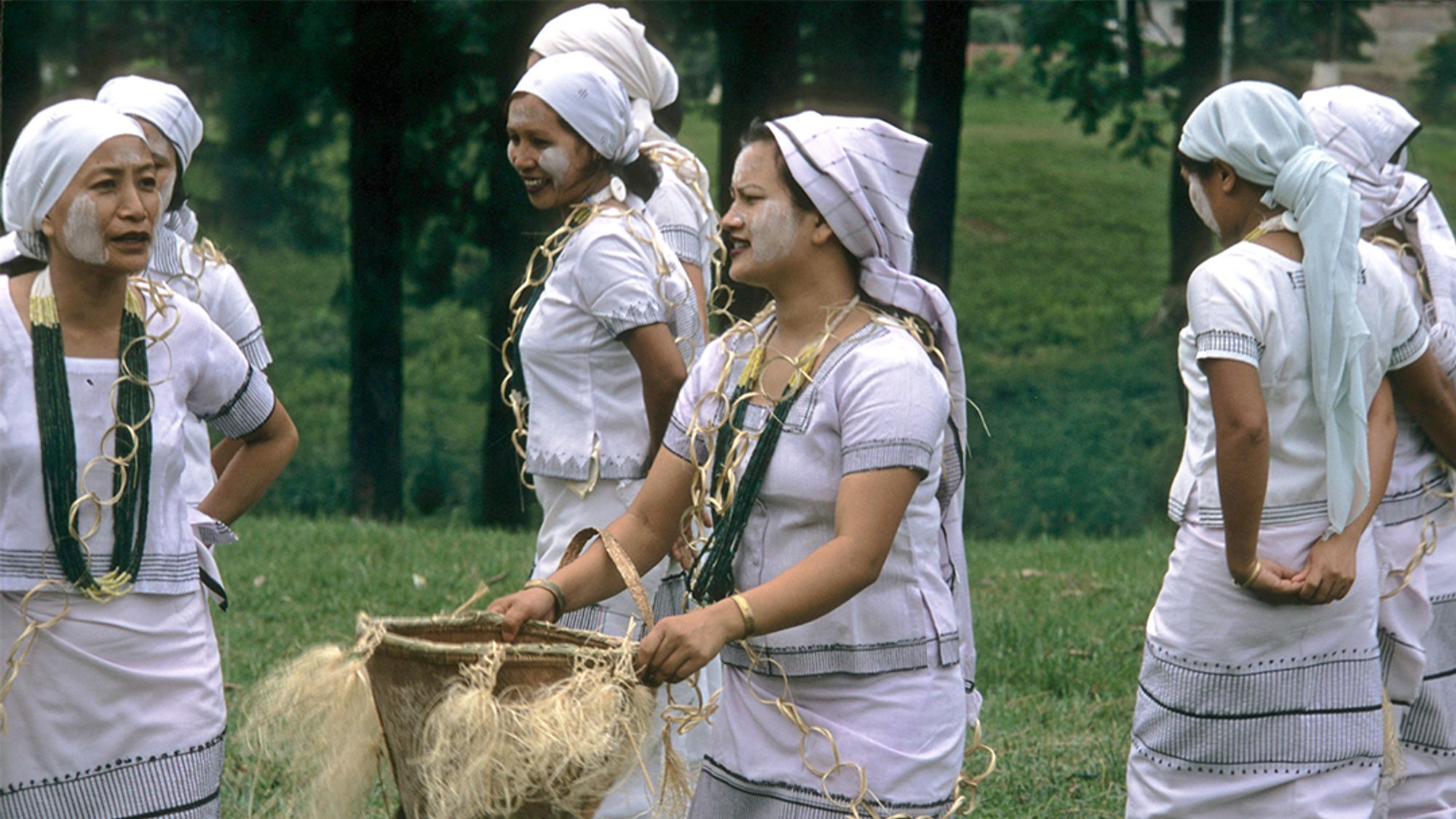
The epicurean descendants of the Aryans in the high Himalayas
Extremely tall with enviably sharp features, the Brokpa tribe of the Trans-Himalayan region of Ladakh believe in an Epicurean way of life, marked by music, dancing, home-brewed wine, silver jewels and extravagant headgear adorned with feathers and coins. Believed by some to be direct descendants of the lost army of Alexander the Great, while others claim they are the only real surviving descendants of the Aryans in India, the Brokpas remained cut off from the rest of the country for several centuries, settled in remote mountain settlements by the mighty Indus River. Recently introduced to tourism and connected with the rest of India, their socially liberal attitude makes for a most intriguing tribal culture amid the otherwise sparse and conservative way of life in this harsh mountainous environment.
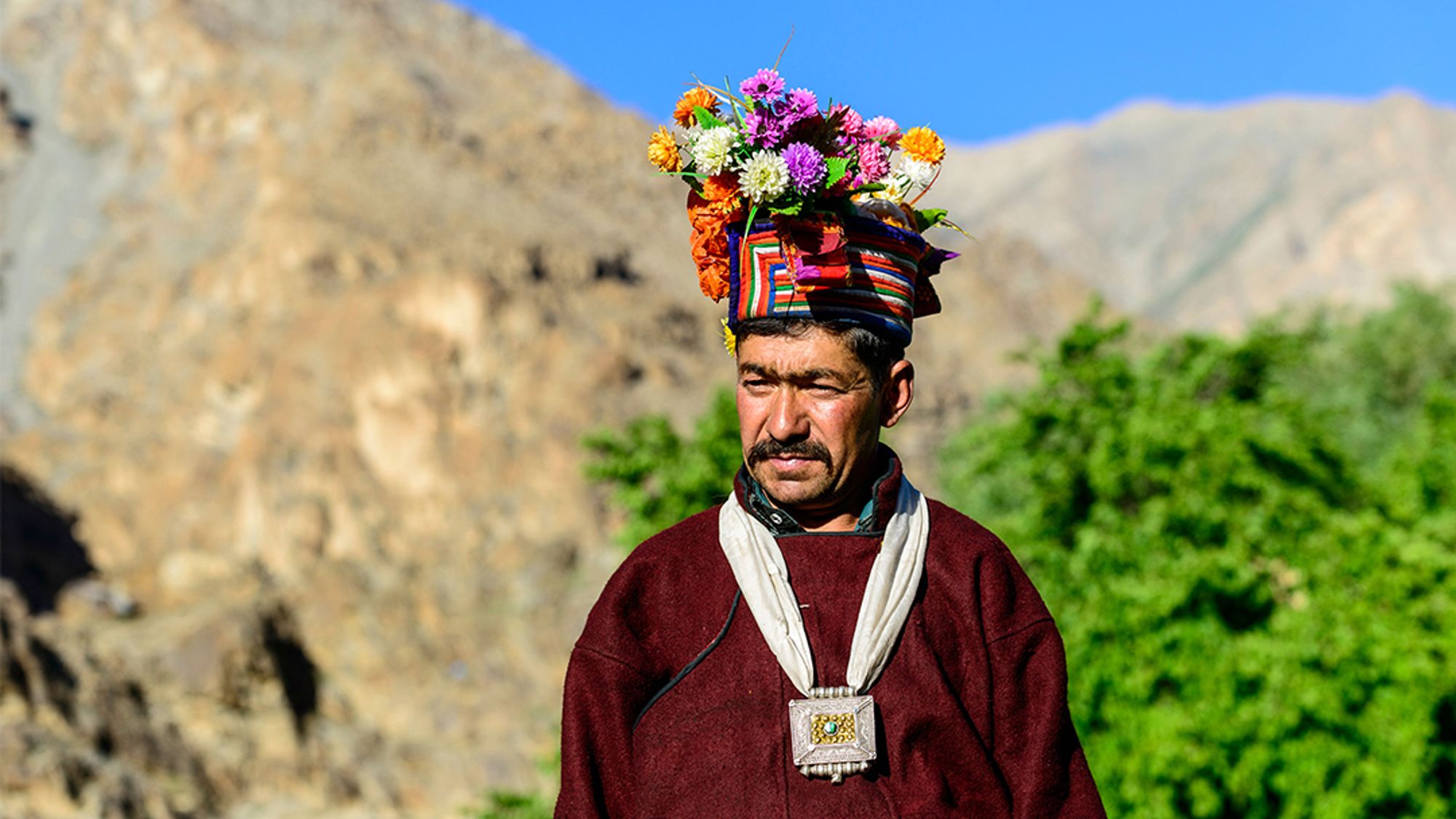
The matriarchal, nomadic shepherds of Rajasthan
In a largely patriarchal society, the Rabaris (literally meaning “outsiders”) of Rajasthan are among India’s few matriarchal tribes. Rabari women, typically dressed in black ghagra-choli (long skirt and blouse), handle the family’s money and business affairs. The Rabari men, on the other hand, wander about the pastures with their cattle – a small subset of them still living nomadically, moving with the seasons. The elders who’ve settled in specific villages keep their curious traditions alive, like marking special occasions with a hypnotic prayer ceremony where the lead musician spins in circles, thumping the ground – an unforgettable experience in one of India’s most visited states, but go before it’s too late.
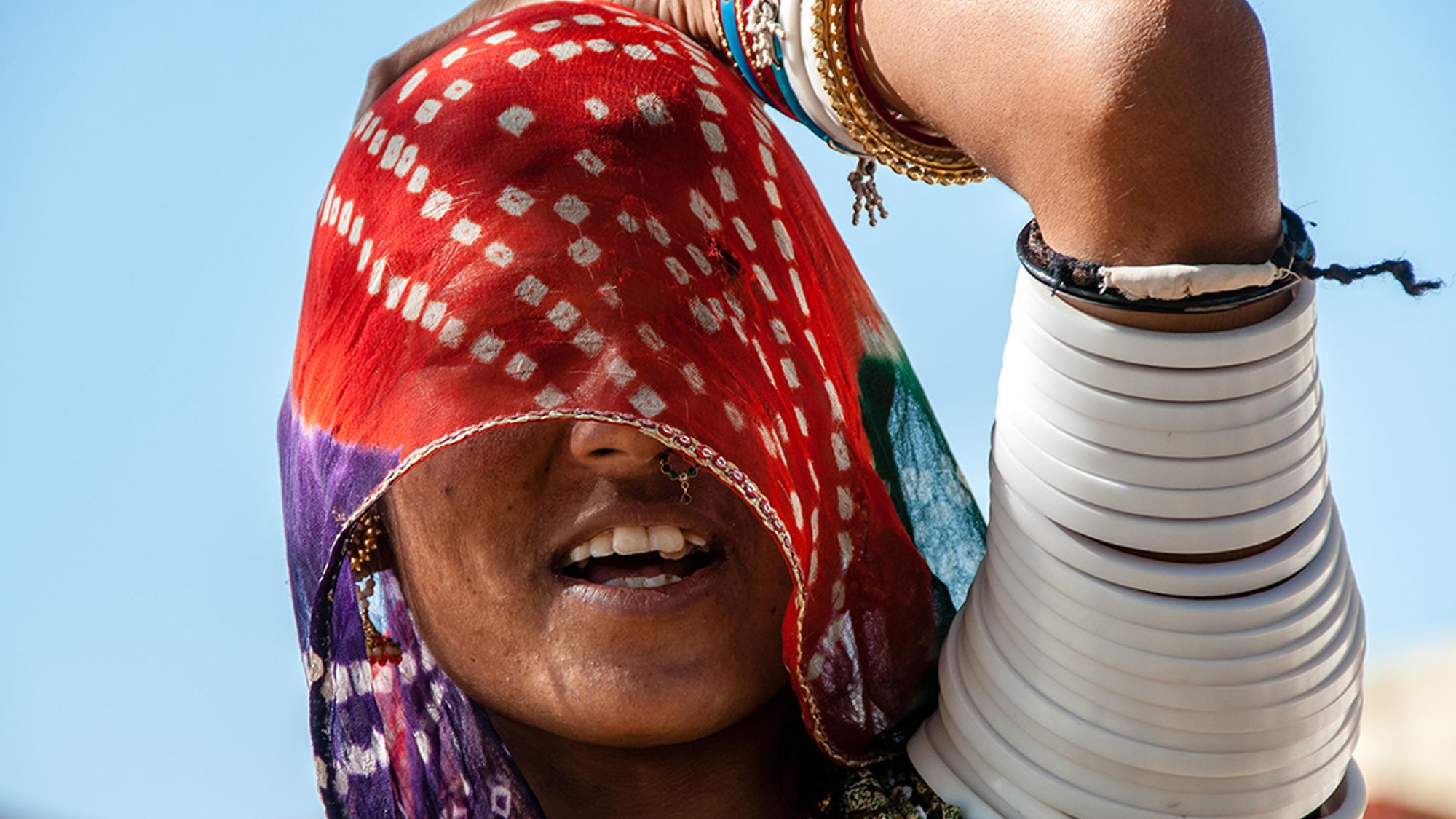
The bow and arrow-wielding lowland tribe of Odisha
Dwelling in the dense forests of India’s eastern state of Odisha, several Desia (literally meaning “lowland” and referring to the state’s Koraput region) tribes gather at weekly local haats – a sensory extravaganza with local produce, handwoven accessories, boisterous drinking and fresh food. Considered the social lifeline of the Desia tribes, who otherwise live in near-geographical and cultural isolation from the rest of the country, the haats depict the symbiotic relationship between some of India’s oldest tribes, while simultaneously revealing their fiercely independent identities. The most fascinating among these lowland tribes are the Bondas – their settlements scattered on nearly inaccessible hill slopes, their women clad in colourful beaded and silver jewellery and their men unhesitant to yield bow and arrow. Offerings of fermented rice alcohol to the earth and dance expeditions to choose a partner are age-old traits that have survived the onslaught of modernity and India’s Bollywood invasion.
